The Connection Between Food Culture and the African Society
Culture exists to serve the vital aspects of human life, to structure a society and change ways of doing all the things that have to be done in life. Food culture incorporates different ethnicities, cultural heritage, languages, arts, and various factors both externally and within families and communities that have collectively enrich each other in all the great civilizations of the world.
Looking within Africa, the influence of food culture seems equally clear. The most famous ancient civilization on the continent can be traced back to the richness and variety of its cuisine. Many places in Africa have peculiar attitudes, beliefs and practices that surround the production and consumption of food, including Nigerian, a nation in West Africa.
Meal Idea With Unique Herbal Wisdom
From urban to non-urban regions, rural Kanuri, Yoruba, Igbo, Hausa, communities of dozens of sub nationalities and hundreds of clans, Nigerian cuisine is famous for its endearing taste and flavor from the use of many alternative spices, herbs and flavorings in conjunction with palm oil or groundnut oil to make delicious sauces and soups often made very hot with chili peppers.
Nigerians put a lot of effort into decorating the dishes and making them look colorful, with vibrant red as their traditional color while market and roadside snacks prepared as barbecues or deep-fried foods vary and are in abundance.
Food Culture and the Western Influence
Western influences, especially in urban centers, have transformed Nigerian eating habits in some ways. City dwellers are accustomed to the canned, frozen, and prepackaged foods found in most Western-style supermarkets. Foreign restaurants are common in larger cities. However, supermarkets and restaurants often are too expensive for the standard Nigerian; thus, only the rich can afford to eat like Westerners. Most urban Nigerians seem to combine traditional cuisine with some type of Western-style foods. Rural Nigerians tend to remain more with traditional foods and preparation techniques. What stays the same though is the extent to which each community’s unique cuisine can reflect its unique history, lifestyle, values, and beliefs.
Food Culture Within Ethnic Groups
In the north, grains like millet, sorghum, and corn are boiled into a porridge-like dish that forms the foundation of the diet. This is often served with an oil-based soup usually flavored with onions, okra, and tomatoes. Sometimes meat is included, though among the Hausa, it is mostly reserved for special occasions. In large part, the Fulani cattle herders make available fresh milk and yogurt although there might not be adequate refrigeration or preservation.
Alcohol is extremely popular within the south but less so within the north, known to have a predominant Islamic influence. Perhaps the foremost popular variety of alcohol is palm wine, a tart alcoholic drink that comes from palm trees. Palm wine is commonly distilled further to create a robust, gin-like liquor. Nigerian breweries also produce several types of beer and liquor.
Food plays a central role within the rituals of virtually all ethnic groups in Nigeria. Special ceremonies are not complete without guests showing up to share in the celebration and dining with all invitees. It is almost abhorrent to have invited guests not participate in meal sharing at an event or occasion; even more so if the visitors were invited to attend a special event like a wedding or naming ceremony.
Foods of the Nigerians
Nigeria is one of the world’s most ethnically diverse countries. According to Statista.com, “the Hausa and Yoruba make up around 21 percent of the population; the Igbo/Ibo, 18 percent; the Fulani, around 11 percent; and Ibibio, 5 percent. Various other groups make up the remaining 23 percent.”
Nigeria has such a variety of people and cultures that it is difficult to pick one national dish. Each area has its own regional favorite that depends on customs, tradition, and religion. The different foods available also depend on the season: the “waiting season” is before the rains arrive in March, and the “season of surplus” follows the harvest in October and November. Fruits, however, are enjoyed year-round. A large part of Nigeria lies in the tropics, where many fruits are available. Some of the popular fruits are oranges, melons, grapefruits, limes, mangoes, bananas, and pineapples.
People of the northern region (mostly Muslim, whose beliefs prohibit eating pork) have diets based on beans, sorghum (a type of grain), and brown rice. The Hausa people of this region also like to eat meat in the form of tsere or suya (kebabs, which are chunks of roasted, skewered meat). Muslims love to drink tea, making coffeehouses popular places to socialize.
The people from the eastern part of Nigeria, mostly Igbo/Ibo, eat gari (cassava powder) dumplings, pumpkins, and yams. Yams are usually eaten in place of potatoes and are an important part of the Nigerian diet. However, African yams are different than Western yams. They are pale, barely sweet, and are not commonly found in the United States supermarkets or grocery stores.
The Yoruba people of the southwest and central areas eat gari with local varieties of okro (okra) and spinach in stews or soups. They also like to eat mashed yams or mashed cassava.
Near the coast of the Gulf of Guinea, Nigerians prefer eating seafood stews (made with fish, shrimp, crab, and lobster), yams, rice, and vegetables. Fish is important to the Nigerian diet since it is one of only a few sources of protein. A common way coastal Nigerians prepare fish is to make a marinade of ginger, tomatoes, and cayenne pepper, and then cook the fish in peanut oil. Efo (stews) are also popular.
People living in the cities tend to buy their food from “chop bars” (bars that sell food), street vendors, hawkers (peddlers who shout what they are selling), or from restaurants. They may purchase dishes such as ukwaka, a steamed pudding made from corn and ripe plantains, and moin-moin , a steamed cake of ground dried beans and fish. These dishes may be served with jollof rice (a spicy tomato-based rice), cassava, yams, okro , beans, plantains, or kebabs.
Nigerian stews, such as ikokore (made with fish and yams), are typically spicy and eaten with rice, yams, cassava, and corn. Peppers and chilies are used regularly in dishes and as a relish. A Yoruba Proverb says, “The man that eats no pepper is weak, pepper is the staff of life…”
The Many Faces of Amazing Nigerian Dishes
Nigerian foods are the most exciting, rich, and tasteful of all African cuisine. They are often in the form of thick green vegetables, aromatic spices, and pepper, garnished with assorted meat or fish. These foods can be easily cooked once you know how.
Nutritious Fruits and Green Vegetables Found In Nigerian Cuisine
Afang / Ukazi Leaves
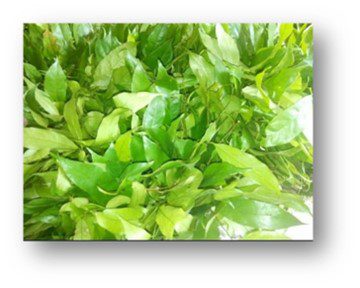
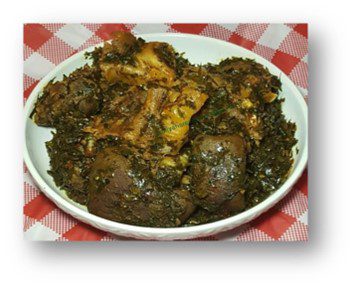
Dark green Shiny foliage of the creeping afang plant cultivated mostly in Calabar and Igbo land and used in a great deal of cuisine from these regions. It can be bought readily shredded from African food stores.
Atama leaves
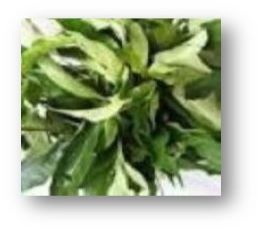

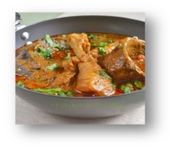
This is an annual Herb cultivated in the delta areas. It smells and tastes like tarragon; usually used fresh or dried in Banga soup sparingly as flavor. It can be purchased in African food stores.
Avocado
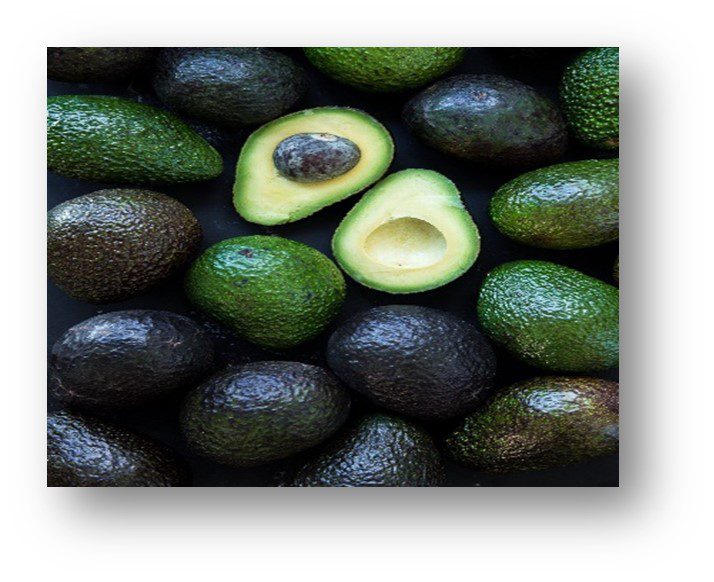

Tropical fruit with thick warty skin usually green or purple in color. The edible flesh inside surrounds a large oval shape seed. It is light yellow and soft when ripe. Avocados can be eaten on its own or cut in half and filled with cooked seafood (Avocado and prawn cocktail).
Beans or Cowpeas
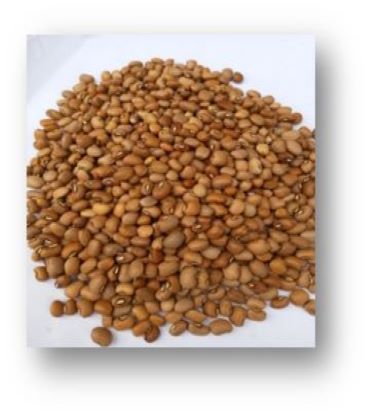
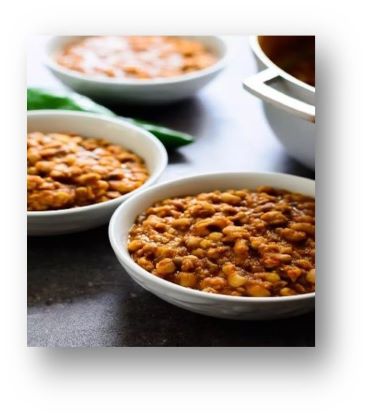
Black-eyed beans or Brown beans have become indispensable in Nigeria cuisine because of its versatility in use. It requires overnight soaking before use for dishes like Akara, Moin-moin and Gbegiri soup.
Bitterleaf
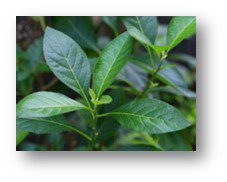
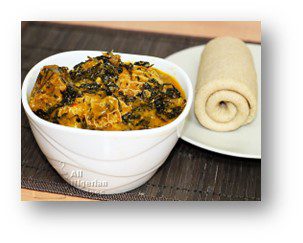
A leafy green vegetable that is widely used in soups like Egusi for its bitter but sweet flavor. The fresh leaves are prepared like spinach and washed with salt; rubbing and squeezing to remove some of the bitterness before use. Can be bought fresh or readily washed and air-dried.
Chili Peppers
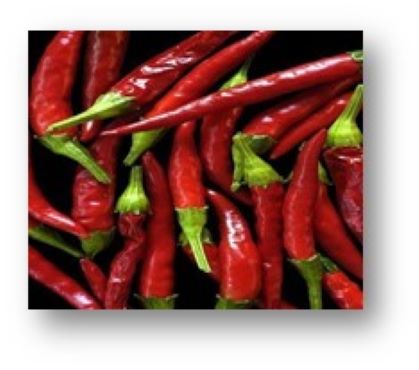

Chili peppers are the fruit of Capsicum Frutescence plant with red orange or yellow pods which are very hot, rich in Vitamin A & C and widely used in Nigerian cooking. While the flavor in the chili lies in the flesh and skins, much of the heat potency rests in the seeds and veins which can be removed. Green chilies are a lot hotter than the red ones. The active chemical constituent is capsaicin renowned for stimulating digestive process and helping to relieve heat fatigue in hot climates by inducing perspiration.
Breadfruits
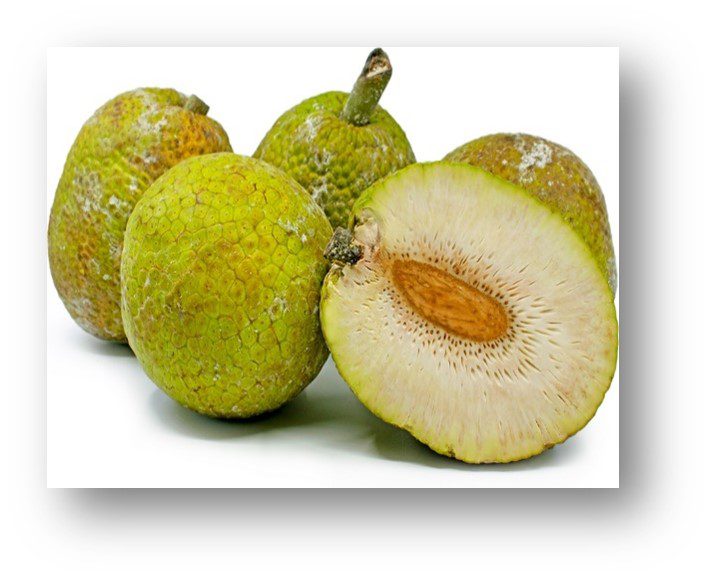
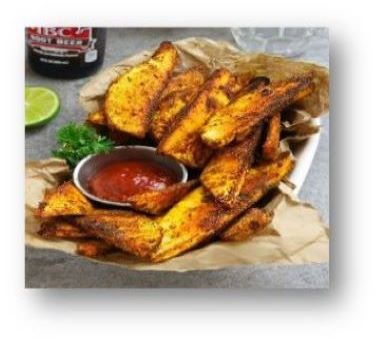
Large green fruits that hang like lanterns from tress. Only edible when cooked and taste like boiled potatoes. It could also be fried crisp.
Cassava
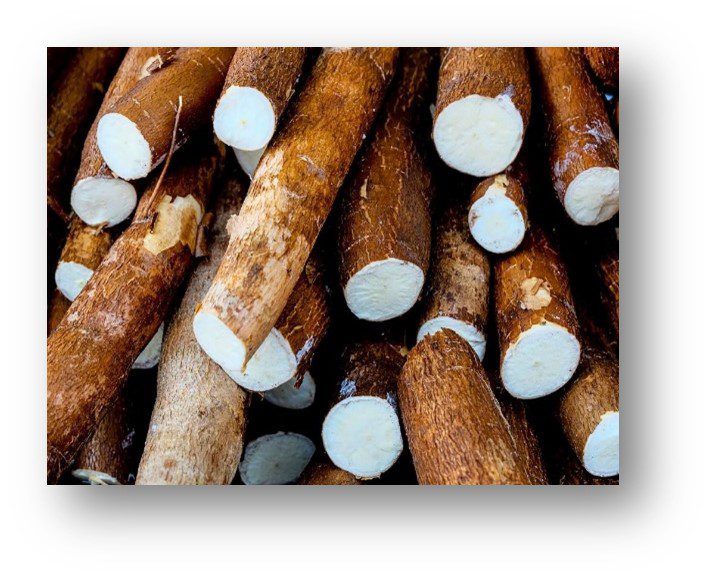
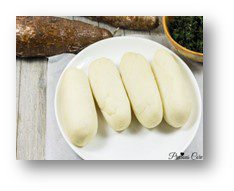
Cassava is a firm root tropical vegetable with a shiny white skin and creamy white fibrous flesh. Usually with a long tuberous root and dull green palmate leaves, mature tubers can be cooked and eaten with coconut (Eberebe); but mostly used for making Gad (Cassava grains) and Fufu. It can be bought ready-made as gaff or cassava flour (Fufu). West Africans use it to make flour, called gari. Packaged gari can be purchased in specialty stores worldwide.
Cocoyam
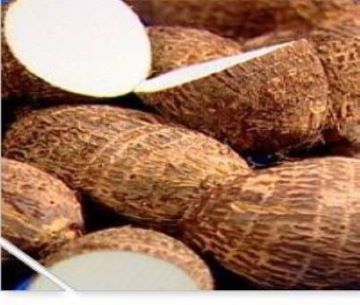
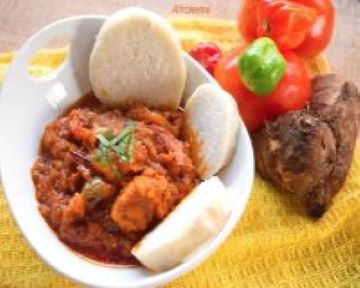
Cocoyams are similar to large potatoes in that they also have fibrous skin. In Nigeria, the plant is known for both its tubers and leaves. The young and tender leaves are used in preparing Ekpang Nkukwo (cocoa-yam pottage). Spinach leaves make adequate substitute too. The tubers can also be boiled, roasted, or fried.
Corn / Maize
Sweet corn or maize (as it is commonly known) is grown throughout Nigeria as a food source. The plant grows to a height of about seven feet. When fully matured, the swollen fruits (called cobs) are picked and used for food. The cobs can be boiled, roasted or cooked with beans as a main course. A number of by products are obtained from the grains including Ogi (corn-starch) and corn oil which is low in saturated oil and cholesterol.
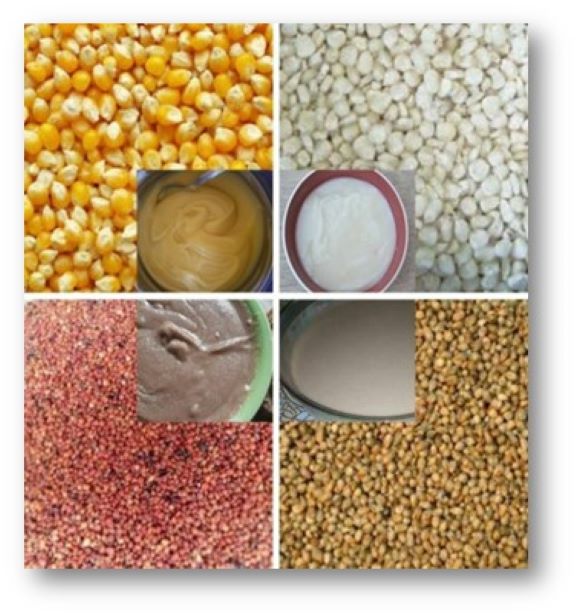
Millet
Tiny yellow grains obtained from a plant that looks like bull rushes with a maize-like stalk. Grows widely in Northern Nigeria and used mostly for porridge and gruel.
Sorghum
Also known as guinea corn sorghum, it is cultivated mainly in Northern Nigeria. Used for porridge or pap (gruel).
Egusi/Melon Seeds
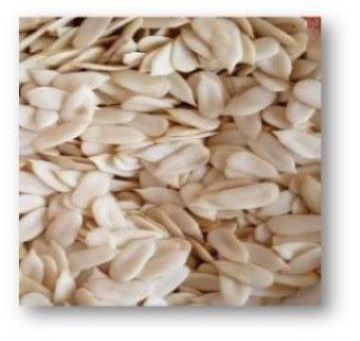
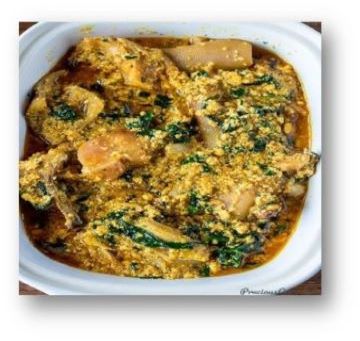
Seed of the African melon fruit is used in preparing Egusi soup. It should be grinded before use. Even though oily, it adds a nutty flavor to the soup.
Ewedu/Jute Leaves
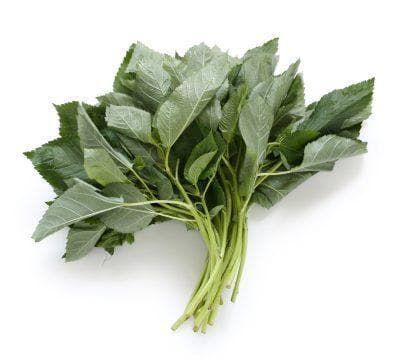
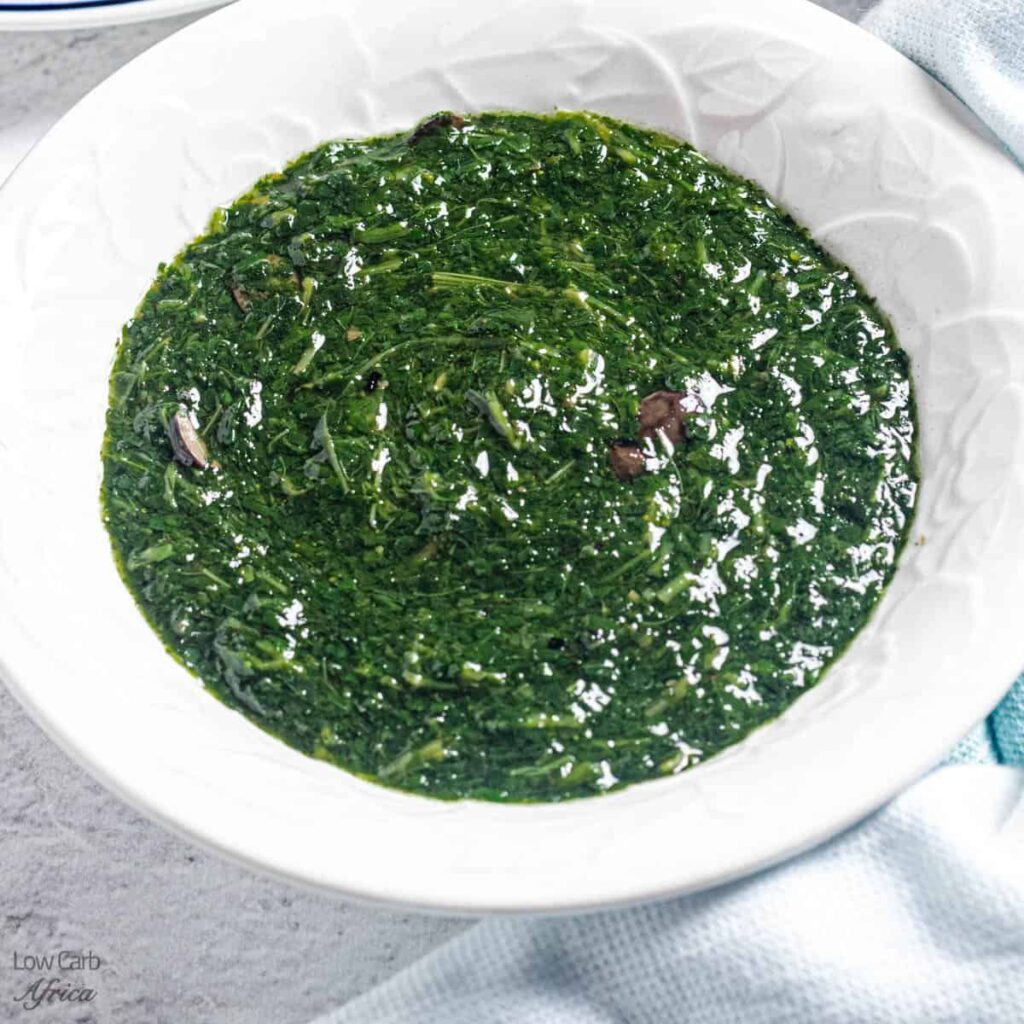
Shiny green vegetable leaves rich in Vitamins A, C & D. Used as a sauce to accompany stews and enjoyed for its mucilaginous (watery sticky form) or viscous properties. Sold fresh or dried.
Elubo (Yam Flour)

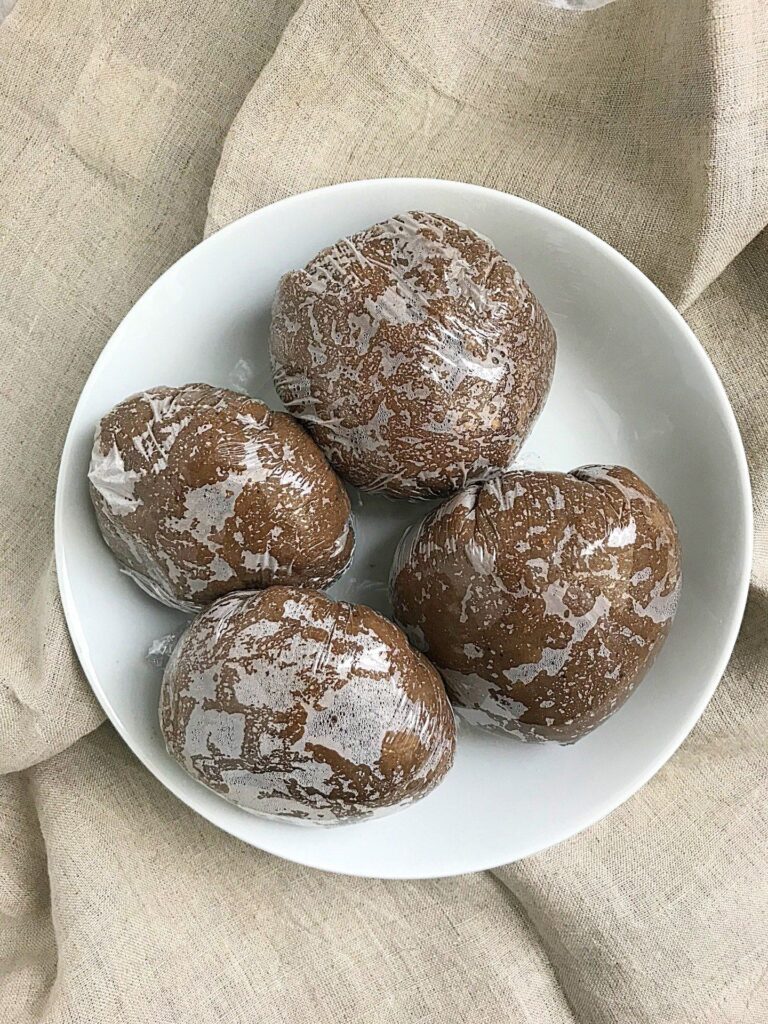
Dried powdered yam flour for making amala (cooked yam flour pudding).
Fufu (Cassava Flour)

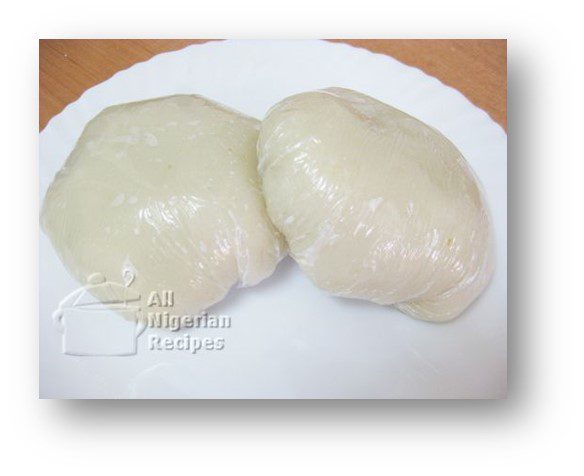
Fermented cassava dough usually served cooked to accompany soups.
Garden eggs
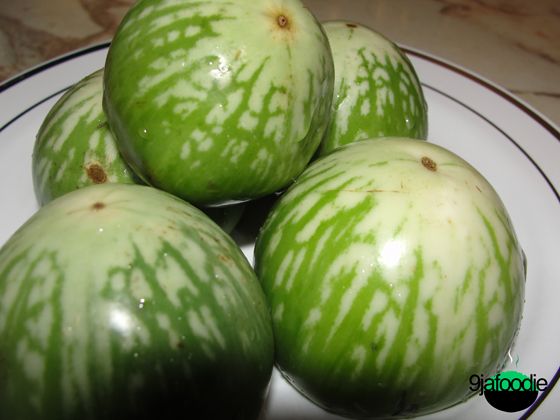
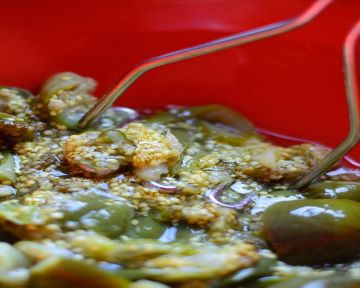
Also known as African eggplant; a member of the aubergine family. A round shiny green and yellow fruit with a slightly bitter taste. Garden eggs are eaten raw as a fruit or diced and added to stews.
Okro (Okra aka Lady Fingers)

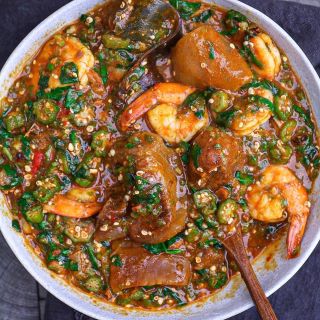
These vegetables are curved seed pods. Up to 9 inches long, they are usually eaten cooked in soup and salads.
Apon (Ogbono Seed)
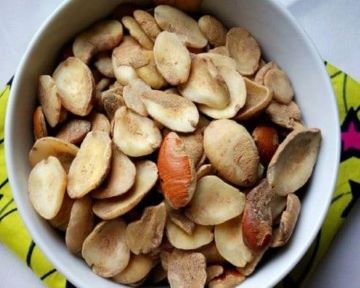
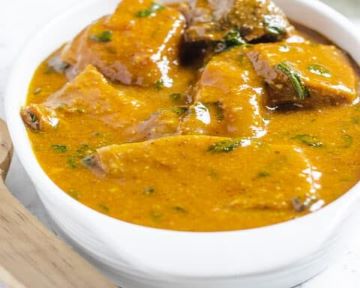
These seeds are obtained from the nuts of the African mango bush and air dried in the sun. It has a subtle aromatic flavor and it is very mucilaginous and viscous when cooked. Can be bought whole or powdered.
Pawpaw (Carica Papaya)
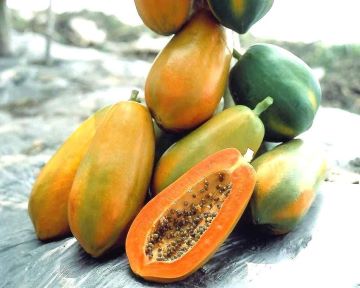

This is a fruit of woody herbaceous plant that looks like a tree. It is eaten ripe (yellow or orange in color) in fruit salads or stuffed for appetizers or main course.
Plantain
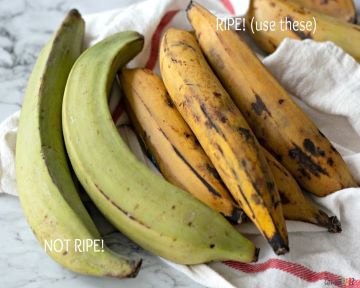
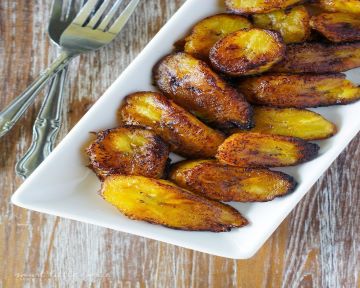
A large member of the banana family, plantain is less sweeter than banana and is more versatile in use. It is often boiled, toasted or fried and served with meat stews because the tissue has a starchy taste than sweet banana. It is best cooked with plenty of spices, onions, tomatoes and peppers in making plantain pottage.
Ugwu (Pumpkin leaves)
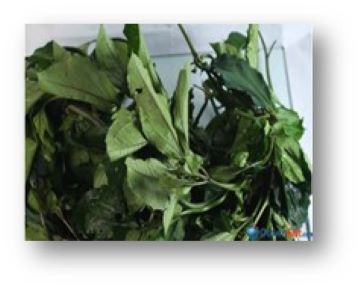
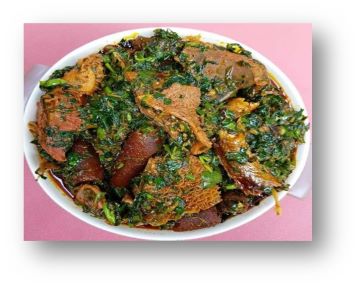
These trailing green leaves of the pumpkin plant are rich in minerals and vitamins. Used in various soup preparations It is the chief ingredient in cooking Edikang Ikong soup. Fresh spinach can be used as substitute in any recipe if not available. Pumpkin seeds can also be eaten raw.
Utazi leaves

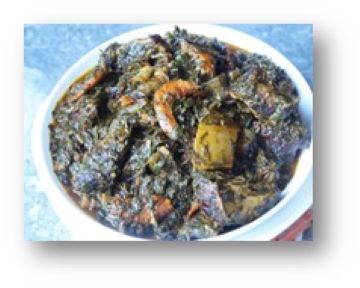
Bitter-tasting pale green leaves used for flavoring pepper soup and very sparingly used. It can also be used as a substitute for bitter leaves.
Banana Leaves
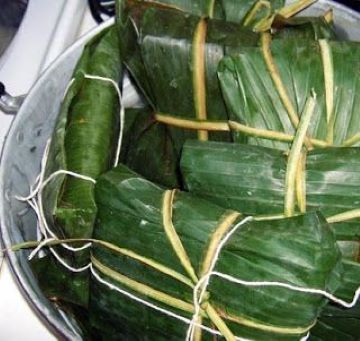

Banana is one of the most important food crops in Nigeria. Widely eaten on its own or in fruit salads, they make a good substitute for plantains. The leaves are usually used for wrapping foods such as Anyan-Ekpang or Ebiripo for steaming. Baking foil or greased parchment paper make adequate substitute but do not add the delicate flavor that banana leaves give.
Uzouza Leaves or Ikong Etinkinrin
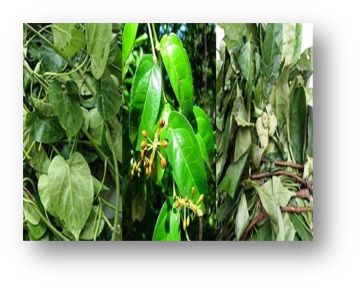
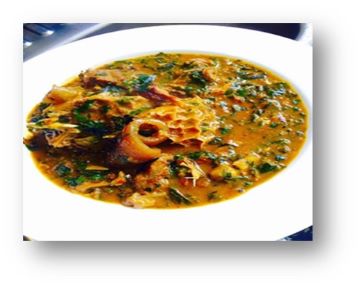
Sweet-smelling aromatic and spicy pale green leaf vegetable used for flavoring soups especially (Ibaba soup).
Yam
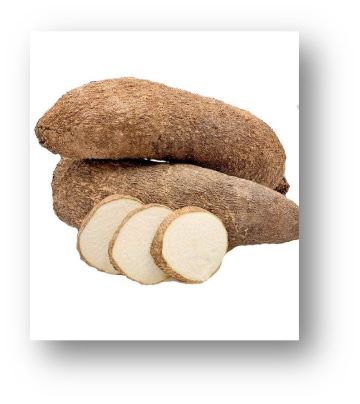


The plant grows as a vine to a height of six to eight feet. The edible tubers come in various shapes and sizes; usually dark brown in color and hairy to the touch. The skin is white or yellow in color and when cooked it has a pleasant flavor; rather like potatoes. It is harvested in dry season with a gig feast known as Yam Festival in Igbo land. Yam still forms the staple diet of a large number of people in Nigeria. It is cooked in different ways including boiled, roasted and fried. When pounded, it is served with soups and stews.
Waterleaf
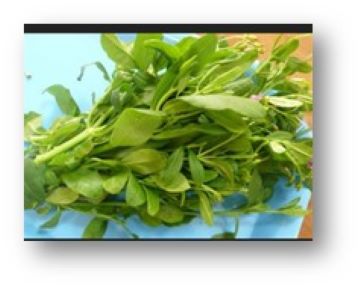
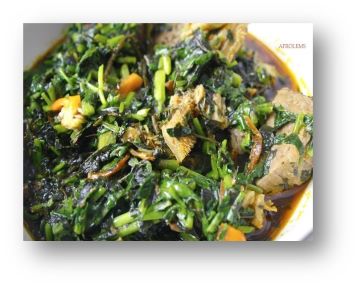
This is the most widely used of all green leafy vegetables. It is rich in iron, calcium and vitamin A and C and it is best eaten lightly cooked in soups and stews. Spinach can also be used in recipes calling for water leaves.
Kuka Leaves
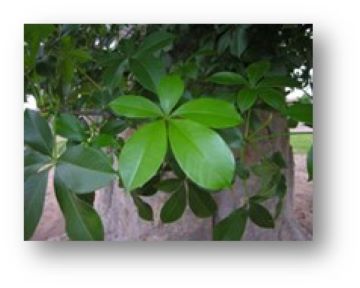
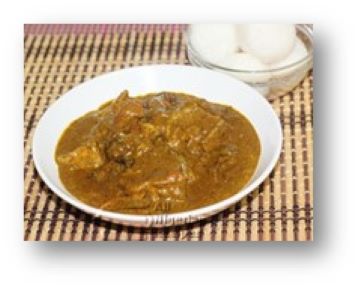
Leaves of the baobab tree, usually sold dried in powder form and used in making the Kuka soup.
Igbo (Garden Egg Leaves)
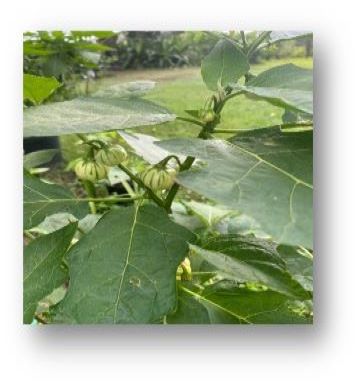
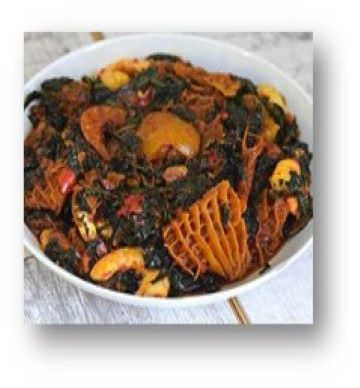
The young leaves of the garden egg plants. African Aubergines can be eaten raw in salads or cooked in stews.
Soko
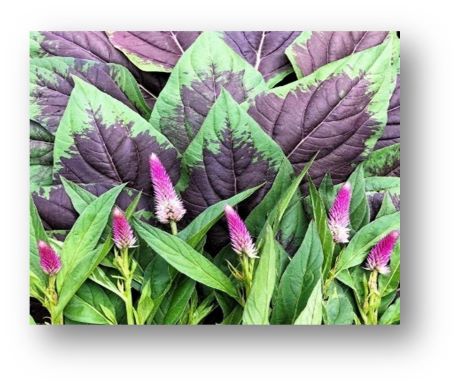

This green leafy vegetable is much preferred in the making of Efo-riro. It tastes like spinach.
Tete (Collard Green)
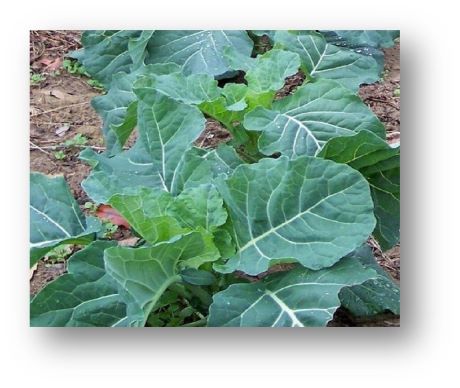
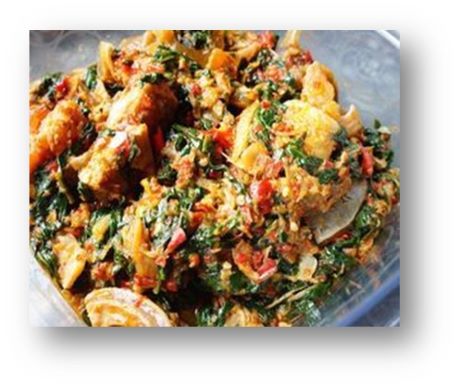
This green is a close relative to Soko and are used interchangeable or in combination. It is widely grown in Western Nigeria.









